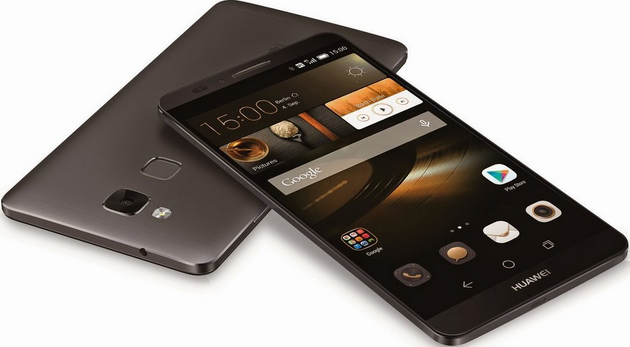If you don’t mind sticking with the stock ROM and not getting root access, then you might as well just keep your stock recovery mode. It is all you need to flash the signed zip files to install updates and take factory resets.
If however you wouldn’t mind checking out what a custom ROM is all about or starting to run some of those few hundred useful root applications, then a custom recovery might be needed, depending exactly on what you wanted to do.

There can sometimes be a one-click rooting tool out there for devices so a custom recovery isn’t always necessary for root access. You’ll even come across the occasional article explaining how you can get custom ROMs without the need of recovery mode at all.
But generally speaking, if you wanted to do things by the book and without root access, you’ll need to get a custom recovery installed if you want to flash a custom ROM. Not all devices get an official custom recovery image developed for it, so the ones that do usually have some custom ROMs available since it is one of the main reasons of getting a custom recovery installed in the first place. You’ll find most of those custom ROMs available from the XDA-Developers web forum.
Details We Should Know
- The custom recovery images available in this guide are only to be installed on the Huawei Honor 7 smartphone. Most devices have a custom recovery image developed specifically for it, and you shouldn’t install one that is intended for another device unless advised it is okay by a professional.
- You can follow this guide on any of the major three computer operating systems: Windows, Mac, and Linux. You just need to download the right platform-tools file from the Android SDK package when you’re on the Android website, which is walked through during the guide below.
Files We Need
- Download on your computer the latest version of TWRP Recovery: Primary (Americas) | Primary (Europe).
- Download on your computer the universal ADB drivers.
- Download on your computer the platform-tools from the Android SDK.
How to Install TWRP Recovery on Huawei Honor 7 Smartphones
1. Make sure you’ve installed the universal ADB driver on the computer. That will make it possible for you to use adb commands as well as the Huawei Honor 7 smartphone. If you can’t get the Huawei Honor 7 smartphone connected to the computer, then you can also download the Huawei USB drivers instead so the computer has both the ADB drivers and Huawei drivers installed . . . you then can’t go wrong.
2. You need to have the platform-tools part of the Android SDK on your computer. From the download link scroll down until you get to the command line tools section and then download the package that is made for your operating system.
3. Once you have the SDK Manager on your computer, check the box only for the platform-tools, so you end up with the adb and fastboot binaries installed on the computer. (You could also install the drivers from there as well if you wanted.)
4. Pick up the Huawei Honor 7 smartphone and navigate to the Settings > About and tap your finger over the build number at least seven times so that the Developer Options menu becomes unlocked. Then go back to the Settings, enter the Developer Options menu and then enable the USB debugging mode.
5. Connect the Huawei Honor 7 smartphone to the computer by using the USB cable that it comes with.
6. Now on the computer open the Command Prompt and type the adb reboot bootloader command and hit “Enter” on your keyboard to get the Huawei Honor 7 smartphone into the bootloader mode and ready for the flashing.
7. Make sure you have copied the TWRP image file to the same folder as the adb and fastboot binaries. Also when you’re there, change the name of the TWRP to “twrp.img” by right-clicking the mouse pointer on it and selecting the “rename” option from the menu.
8. From the command line type the fastboot flash recovery twrp.imgcommand and hit “Enter” on your keyboard to flash the custom recovery.
9. Lastly type the fastboot reboot command and as soon as the Huawei Honor 7 smartphone reboots, hold down the key combination to boot directly into the recovery mode. (If you don’t sometimes the stock recovery will wipe over the custom recovery you just installed.)
The custom recovery image for the Huawei Honor 7 smartphone is now installed, and you are ready to boot into recovery mode and start flashing the custom ROM or rooting zip files.